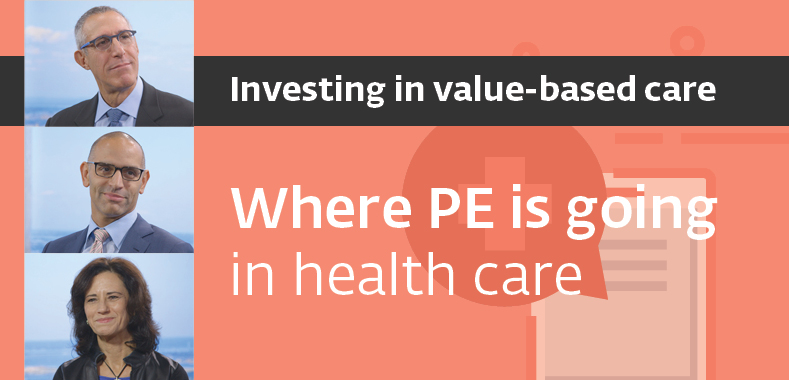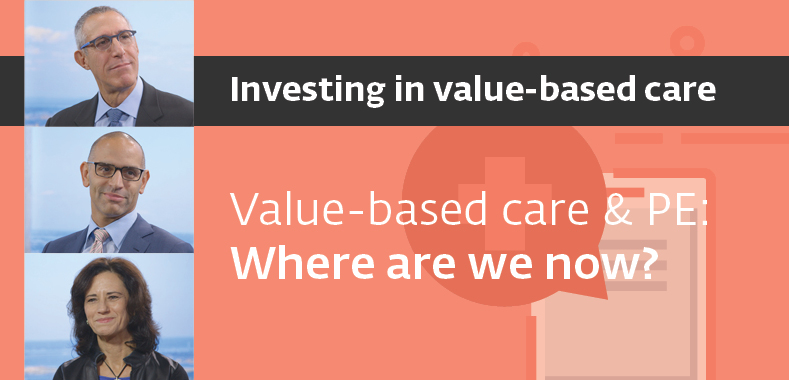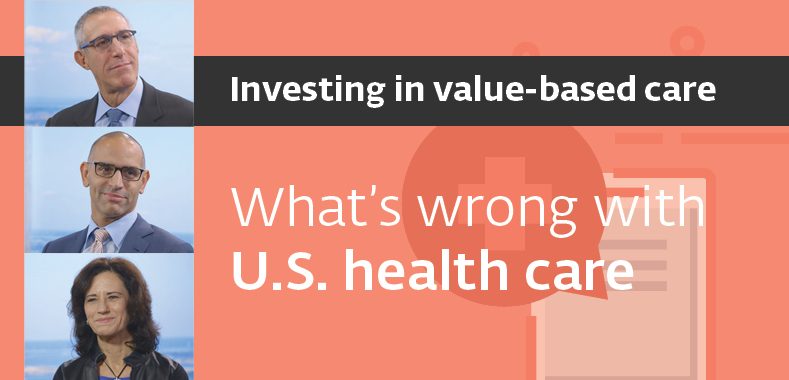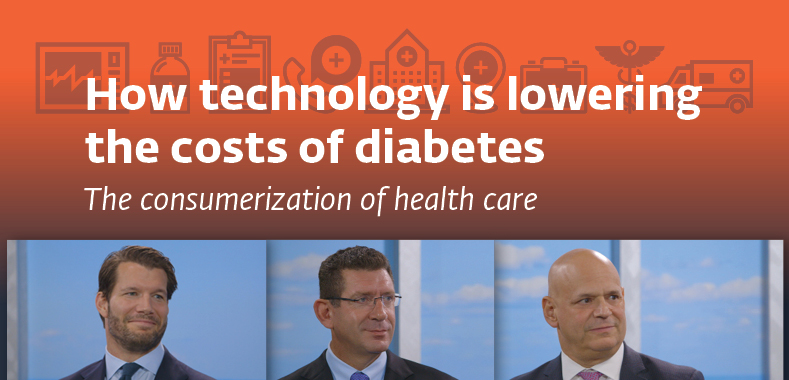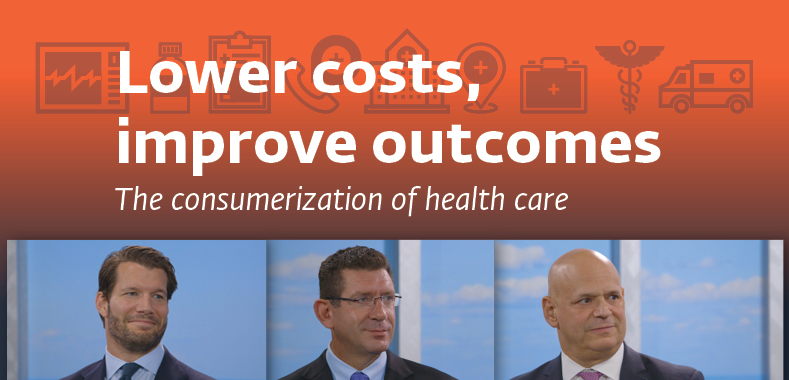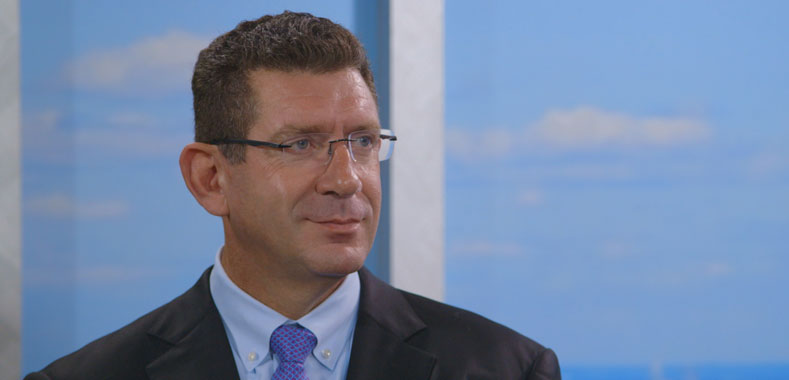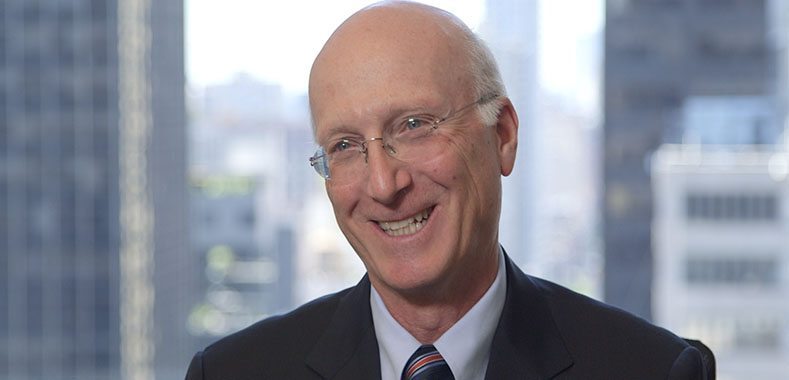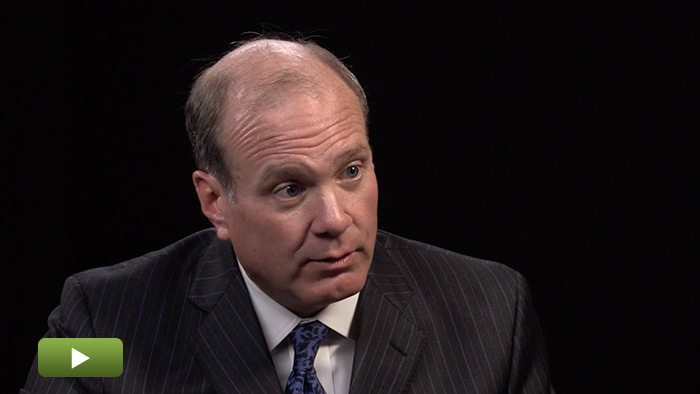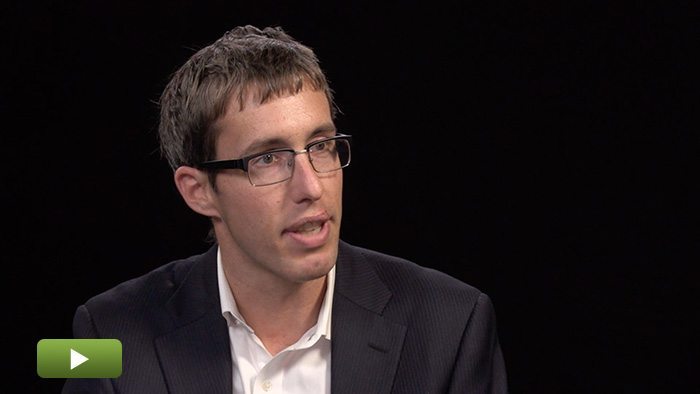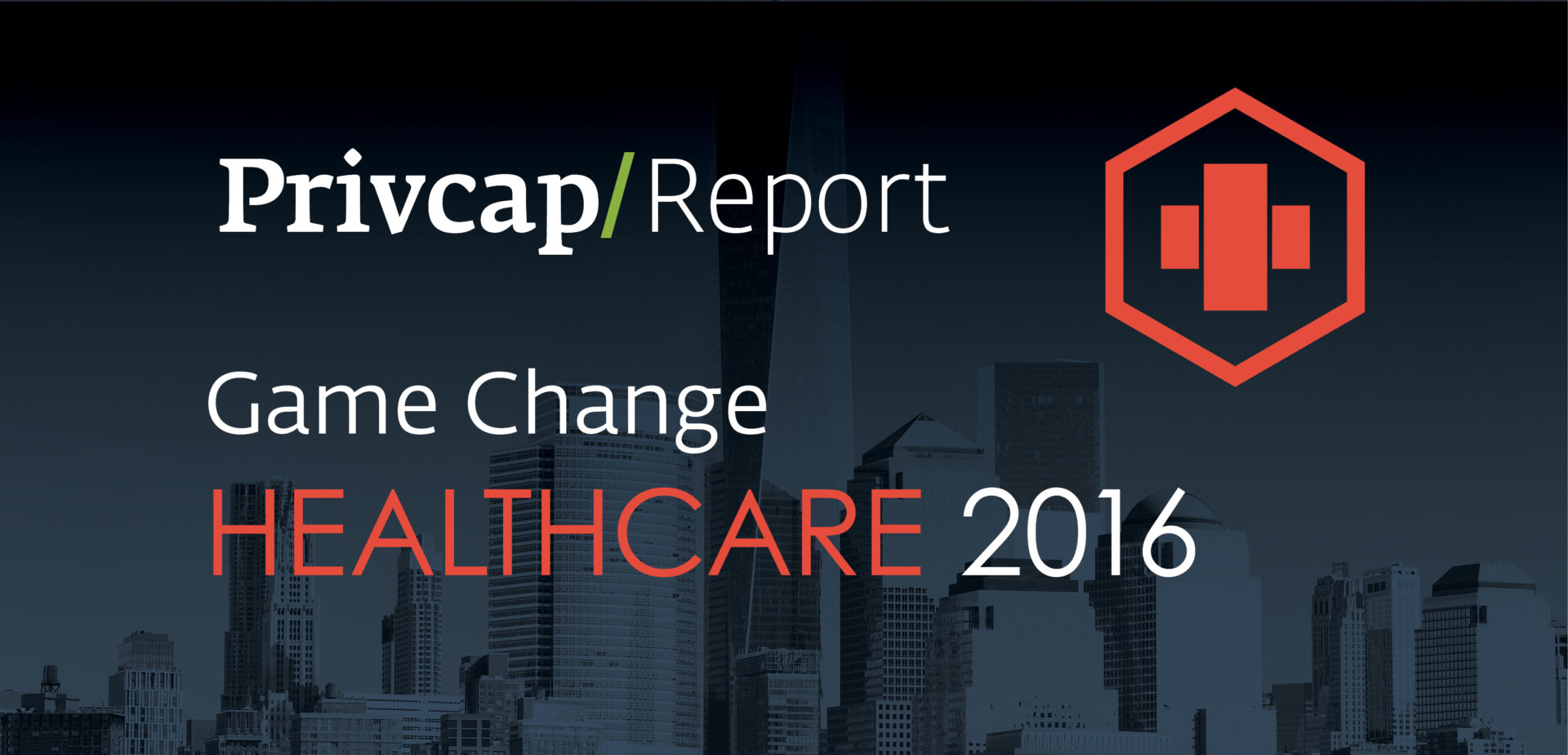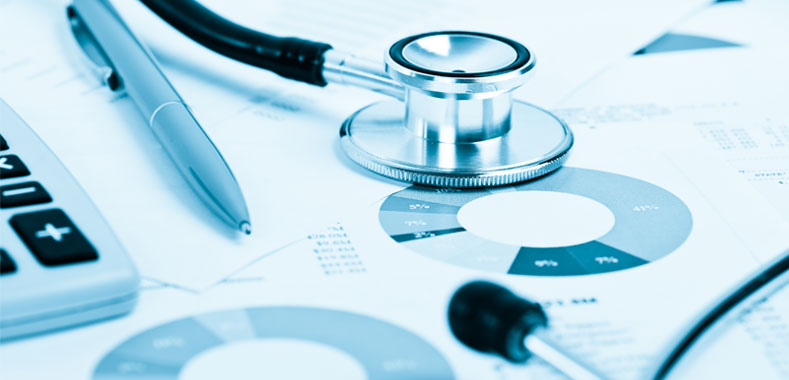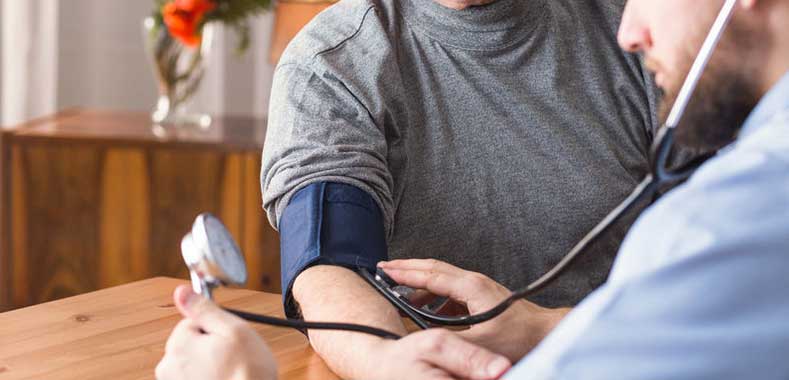NEA Banks on a Healthcare Win-Win
How the VC firm’s focus on medical devices could help reduce opioid dependency, while generating big returns
The national opioid crisis is leading clinicians—and investors—to look at alternative methods to treating pain.

NEA
In the world of private capital investing, one focus is on medical devices that address pain without the need for potentially addictive medications. If successful, the medical device approach could very well be the disruptive strategy for this growing and underappreciated part of the healthcare sector.
According to Dr. Justin Klein, a partner with New Enterprise Associates (NEA), Americans spend somewhere between $100-$200 billion annually on pain management. Dr. Klein and NEA believe focusing on medical devices can be one way to address widespread opioid abuse.
“We recognize that [medical device] pain management is a significantly unmet need,” says Dr. Klein. “We are helping to bring quality products to market.”
The push toward medical devices is gaining momentum. In January, Robert Califf, M.D., former commissioner of the FDA, said, “We need more research to define the most effective non-medication approaches to pain and how to deliver them in a complex and financially constrained healthcare system. While there are situations where opioids are appropriate, there are also situations where other alternatives can be effective.”
While the government is taking steps to decrease the effects of addiction that result from treating pain, as seen in the 10 percent decrease of outpatient prescriptions dispensed for Schedule II opioids in 2015 from the previous year, there is still much work to be done.
Dr. Klein of NEA believes the future of pain management lies in finding medical devices and technologies that head off discomfort before it manifests into larger issues that require powerful drugs.
For instance, NEA’s portfolio companies Nevro and Relievant offer high frequency spinal cord stimulation and radiofrequency procedures to treat chronic pain. An increasing number of clinicians are being trained to use such medical devices, Klein says.
The benefits to investors extend well beyond the medical device opportunity, Klein says. Pain is one of the leading causes of disabilities and work days lost for employees, all of which put a significant drain on the overall economy. In fact, the NIH said in 2011 the total financial cost of pain to American society, including healthcare costs and productivity loss, was as much as $635 billion. That was more than the yearly costs to treat cancer, heart disease and diabetes.
“Medical technology solutions can help to address these issues,” he says.
How NEA’s focus on medical devices could help revolutionize this growing part of healthcare.

